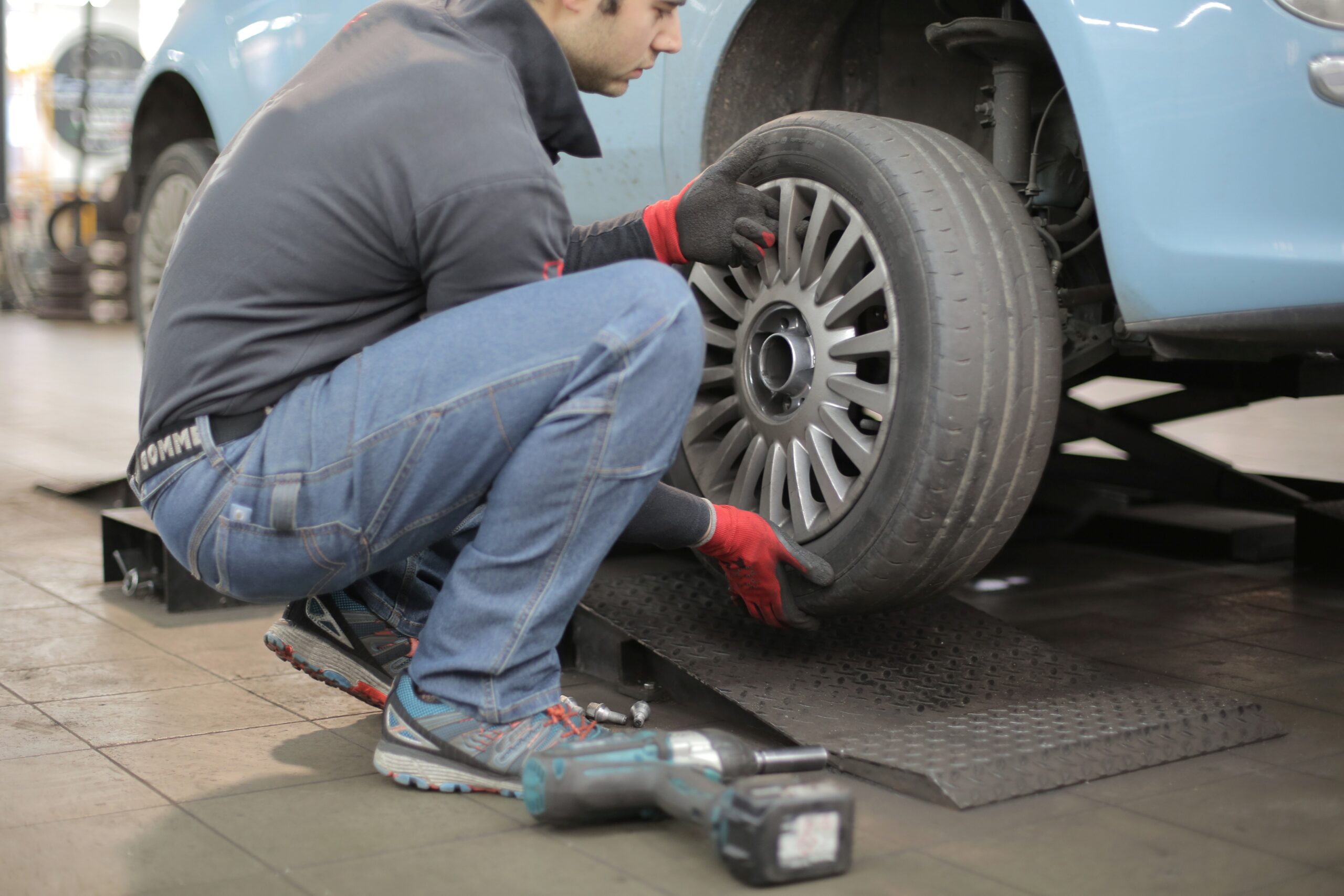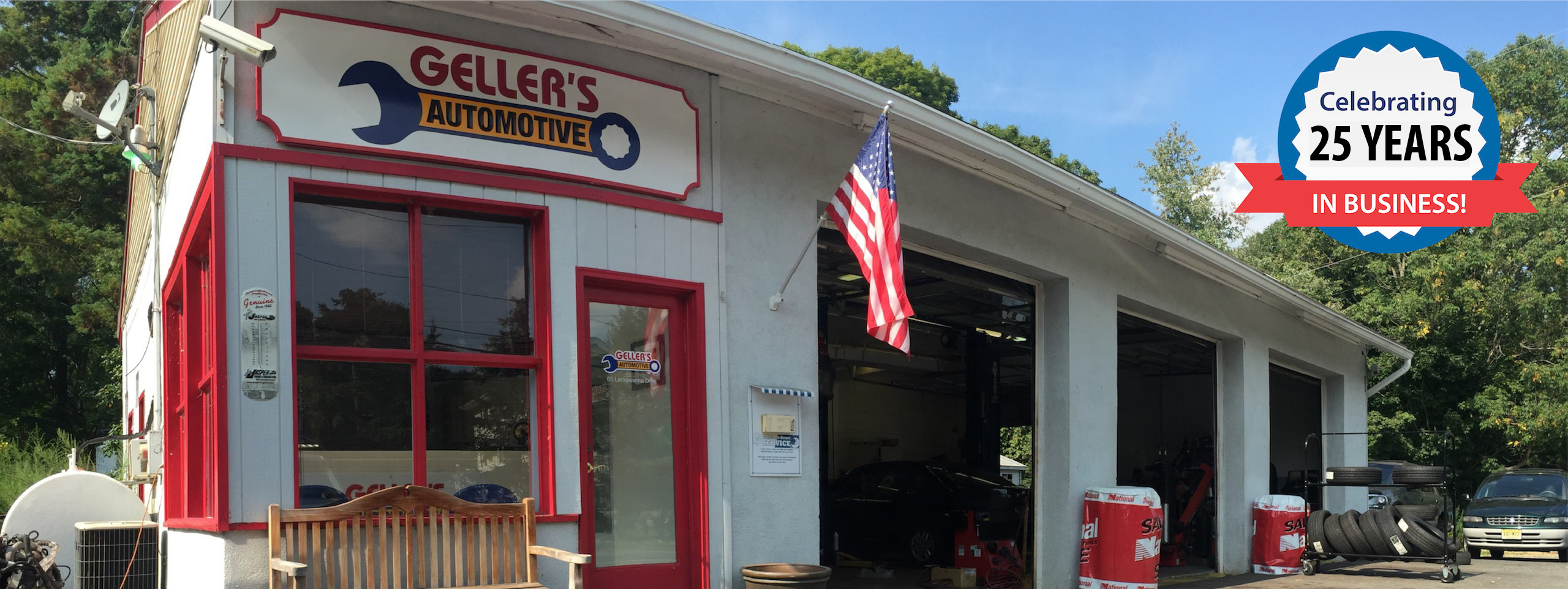
Do you know what to do in the event you have a flat tire? Do you know what type of equipment you have to replace a bad tire, and how to use it? If not, then read on. In this month’s blog, we review the various types of spare tires within vehicles, and important considerations for each of these options.
Spare Tire Options
Many drivers never really learn about fixing a flat tire until they are in that situation. It’s an incident that is distant to drivers and then they are suddenly faced with a puncture. It may be nighttime, or raining, and vehicle owners are trying to figure out their next steps. Being prepared starts with knowing what type of spare tire and equipment is available to help you in that unexpected situation.
Types of Spare Tires
- Donut Spare: Most vehicles have a donut spare, located somewhere in the trunk or rear of the vehicle. A donut is a smaller version of a tire and is meant to be a temporary tire to sustain your driving until you can replace the damaged tire. There are many warnings about donuts and keeping the speed below 50 miles per hour. These smaller tires are not safe in high speeds and should be replaced as soon as possible.
- Regular-Size Tires: Some vehicle owners choose to replace the donut in their trunk with a regular-size tire. This means that in the event of a flat, they can replace the damaged tire with a similar one, and drive safely without any special considerations. This does require more space and will add additional weight to your vehicle. But if safety is important and you tend to drive more often, then having a regular-sized tire is a viable solution.
- Tire Mobility Kits: On the opposite end of full-size tires, some manufacturers like Hyundai have opted for tire repair kits. These kits are used to temporarily fix a puncture in a tire to allow the driver to get to a location where the tire can be replaced. These kits do not require the driver to lift the vehicle or remove the tire. Comprised of an air compressor and a very sticky sealant, the driver inserts the sealant through the tube, and it fills in any puncture areas. Then, the tire is re-inflated with the air compressor. This approach is very temporary, and tires should not be driven long distances or at high speeds, and most definitely need to be replaced.
- Run Flat Tires: If your vehicle was manufactured within the last five to seven years, it is possible that your vehicle does not have the typical spare tire. For example, BMWs were an early adopter of the “run flat” tire. These tires are your regular tire but reinforced with support within the sidewall. When run flat tires are punctured, they can continue to hold the weight of the tire because of the reinforcement built into the tire. However, these tires still require either repair or replacement if damaged and should not be replaced with regular tires.
Preparation is Key
Regardless of your spare tire option, it is always smart to be prepared in the event you have a flat.
- Make sure to know what type of spare tire option is in your vehicle. If you have a regular-size tire, ensure it is properly inflated. The last thing you want is a flat, spare tire!
- Make sure to have the other equipment necessary to change a tire – lug nut wrench, lug nut lock (if applicable), and of course, a jack. If you do not know how to use this equipment, learn at home. Always put safety first.
- Check with your vehicle manufacturer or insurance to learn what type of roadside assistance you may have available to you. If you don’t have any roadside assistance, consider joining an automobile club like AAA.
- Learn how to use the tire mobility kits by reviewing your owner’s manual and any instructions that may be included with the kit.
Don’t be caught in a bad situation, be prepared, and know your options.
If you would like to discuss your options with a service professional, give us a call at Geller’s Automotive and we will work with you to make sure you are equipped and ready.



